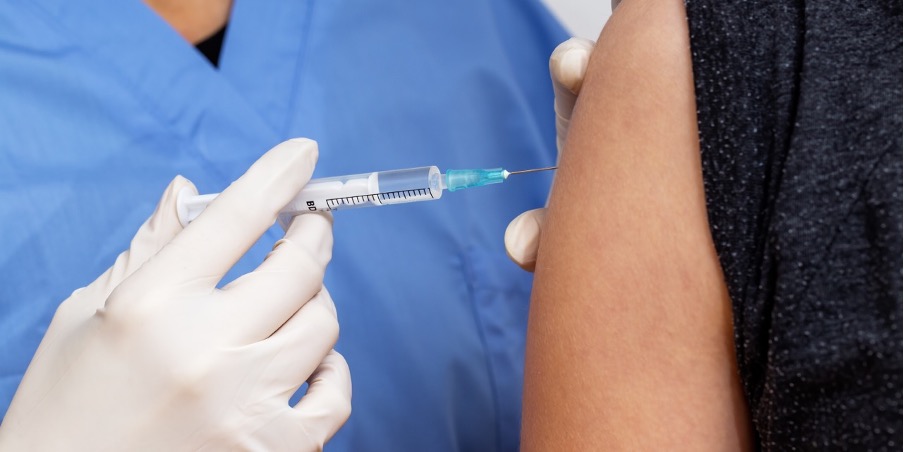In this eighth and final instalment of our #DiscoveringOligonucleotides series, we delve into the process of approval, registration and commercialisation of therapeutic oligonucleotides.
Approval and registration
The approval and registration process for therapeutic oligonucleotides, as for any other drug, is a critical step in their journey from the laboratory to the patient. This process involves a series of rigorous evaluations by regulatory agencies such as the Food and Drug Administration (commonly known as the FDA), the US Food and Drug Administration (FDA), the US Food and Drug Administration (FDA), the US Food and Drug Administration (FDA) and the US Food and Drug Administration (FDA) Food and Drug Administration) in the United States or the European Medicines Agency (EMA) European Medicines Agency) in the European Union. These agencies thoroughly review clinical trial data to determine whether a therapeutic oligonucleotide is safe and effective for use in patients.
The clinical trials provide fundamental data on the safety of the therapeutic oligonucleotide, including potential side effects and adverse reactions. In addition, these trials also evaluate the efficacy of the treatment, demonstrating its ability to improve clinical outcomes in patients.
If the regulatory agency determines that the data are satisfactory and that the therapeutic oligonucleotide meets the required safety and efficacy standards, marketing approval is granted for use in patients. It is important to note that approval and registration are only the beginning of the process, as the commercialisation and effective use of the therapeutic oligonucleotide, like all other drugs, requires a number of additional steps.
The approval and funding process for therapeutic oligos in Europe and in different countries shows significant variations in terms of time and efficiency. In Spain, for example, the time from approval by the European Medicines Agency (EMA) to availability to patients is remarkably long, with 629 days on average, in contrast to countries such as Germany (128 days), England (329 days) and Italy (436 days). This delay is even more pronounced for Priority Medicines (Prime), where Spain takes an average of 715 days for approval, despite the EMA’s accelerated process of 150 days. Since the start of the Prime programme in 2016, the EMA has approved 27 drugs under this designation. These data underline the urgent need to improve approval and funding procedures to ensure timely access to innovative treatments in Spain and across Europe.
Recently for a therapeutic oligonucleotide, the case of Leqvio stands out as one of the slow drug approval times in Spain. While Novartis obtained EU approval for Leqvio in December 2020, marking a significant advance in the treatment of cholesterol with an innovative siRNA therapy, it did not arrive in Spain until October 2023. This delay in the availability of Leqvio in the Spanish market reflects the challenges patients face in timely access to cutting-edge treatments.
Commercialisation
One of the first steps in the commercialisation process is the large-scale manufacture of the therapeutic oligonucleotide. This involves mass production of the compound, ensuring its quality and purity on a large scale. In addition, efficient logistical systems must be put in place to ensure that the treatment is available in hospitals, clinics and/or pharmacies worldwide. From packaging to distribution, each step must be carefully coordinated to ensure that the treatment reaches patients in a timely and safe manner. For example, the sterility of the medicine and/or the conditions of temperature, exposure to sunlight, etc., must be ensured.

Education and awareness
The marketing of therapeutic oligonucleotides also involves educating healthcare professionals and patients about the appropriate use and benefits of treatment. Continuing medical education programmes can be conducted to ensure that physicians are aware of the latest research and recommendations on the use of therapeutic oligonucleotides in the treatment of specific diseases. In addition, educational materials can be developed for patients and caregivers to inform them about the nature of their disease and how treatment can help them manage it effectively.
The marketing of therapeutic oligonucleotides may also involve awareness and marketing campaigns aimed at increasing public awareness of the availability and benefits of these treatments with the objective of ensuring that patients and healthcare professionals are informed about available treatment options in accordance with national drug promotion regulations.
In short, from large-scale manufacturing to education and awareness, every aspect of this process is designed to ensure that these treatments are accessible and used effectively, offering hope and improving the quality of life for those facing challenging medical conditions, representing a significant advance in medical care for those battling rare diseases.
At OLIGOFASTX, we are committed to advancing the research and development of therapeutic oligonucleotides to address rare diseases. Our dedication to innovation drives us forward in the search for effective and safe therapies for those who need them most.
Sources:
Answers to frequently asked questions about the FDA
How Medicines and Medical Devices are regulated in Spain
How long it takes to develop a drug and why – FarmaIndustria
Health takes 715 days to approve urgent drugs

 Español
Español
